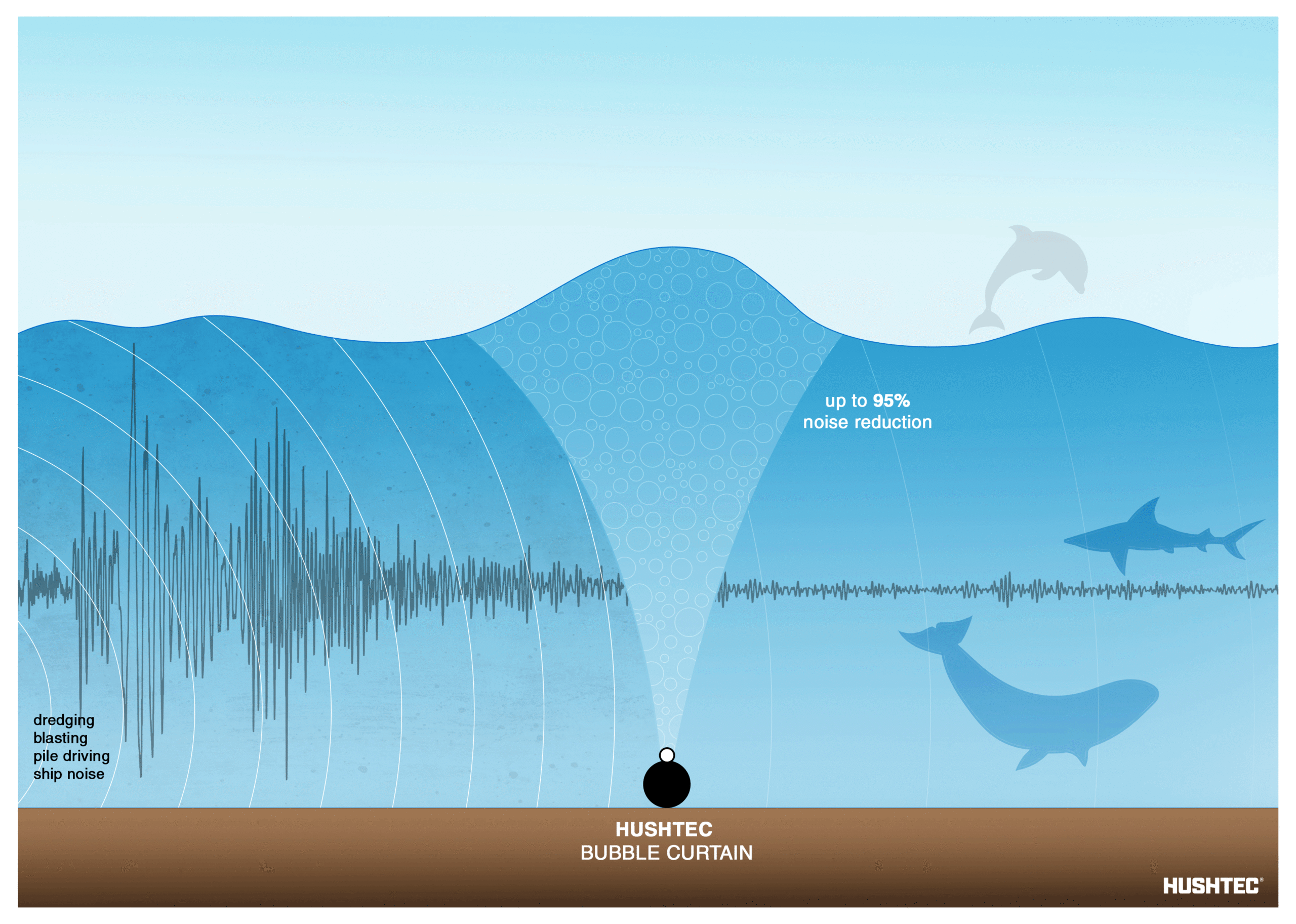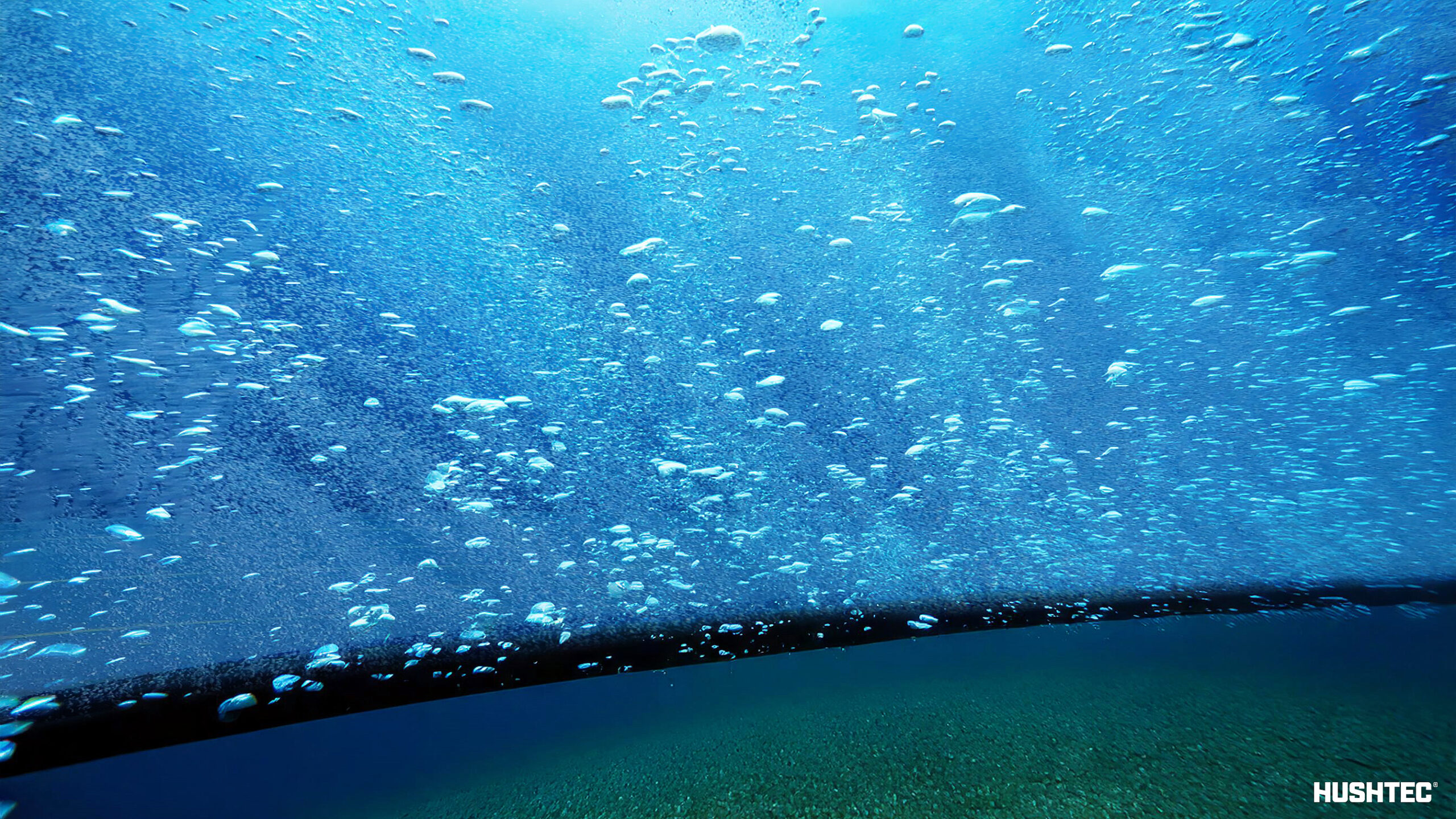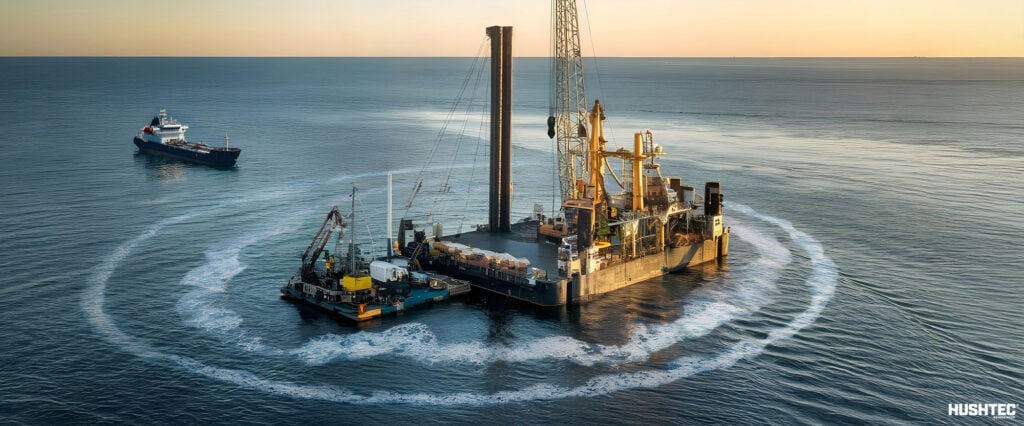As human activities in marine environments expand, so does the need for solutions that reduce their impact on ecosystems. One of the most effective methods is bubble curtains noise attenuation, a technology that significantly lowers underwater noise during pile driving, dredging, seismic surveys, and vessel operations. These systems now play a central role in sustainable marine projects.
Understanding Bubble Curtains
A bubble curtain is a device that releases air into the water to form a continuous “curtain” of bubbles. This vertical wall scatters, absorbs, and reflects underwater sound waves, limiting their spread. The system uses a perforated hose or ring connected to an air compressor. As the air rises, it forms a dense barrier of bubbles. Therefore, marine operations can reduce harmful noise levels before they reach sensitive habitats.
How Bubble Curtains Attenuate Noise
The effectiveness of a bubble curtain in noise reduction relies on several physical principles:
1. Reflection and Scattering
The curtain scatters and reflects sound waves away from critical areas. Moreover, it works best at high frequencies, which are easier to deflect.
2. Absorption
Each bubble absorbs part of the sound energy. Because air and water have different densities, energy is lost when sound waves pass through the bubble wall. As a result, overall noise intensity decreases.
3. Destructive Interference
The interaction between bubbles and sound waves creates interference patterns. This process further reduces how much noise passes through the curtain.
Applications of Bubble Curtains
Industries deploy bubble curtains across a range of marine activities:
1. Offshore Wind Farm Construction
Offshore wind farms rely on bubble curtains during pile driving. The technology protects marine mammals and fish from harmful low-frequency sound.
2. Dredging Operations
Dredging generates continuous underwater noise. Contractors apply bubble curtains to limit how far this sound travels through the water column.
3. Seismic Surveys
Oil and gas exploration often uses seismic airguns. In this case, bubble curtains serve as acoustic shields that reduce sound before it affects marine life.
4. Ship Noise Mitigation
Ports and harbors sometimes adopt bubble curtains near traffic lanes. Consequently, they lower noise from large vessels and protect nearby ecosystems.
Benefits of Bubble Curtains Noise Attenuation
-
Environmental Protection: Safeguard marine mammals, fish, and other aquatic species from harmful sound exposure.
-
Regulatory Compliance: Many countries require noise mitigation for marine projects. Bubble curtains offer a tested way to meet these standards.
-
Flexibility and Adaptability: Customizable for small jobs or large offshore sites.
-
Cost-Effectiveness: More affordable and easier to install compared to many alternatives.
Challenges and Innovations
Bubble curtain performance can change depending on depth, water current, and noise frequency. However, recent innovations improve results:
-
Double and Triple Systems: Extra layers increase attenuation.
-
Optimized Bubble Density: Research on bubble size and spacing enhances energy absorption.
-
Integrated Monitoring: Real-time systems confirm that the curtain works as intended.
The Role of Bubble Curtains in Marine Conservation
Bubble curtains noise attenuation is a breakthrough for reducing underwater sound pollution. They combine simplicity with effectiveness, giving industries a sustainable path to balance progress with environmental care. Ultimately, projects that integrate bubble curtains protect marine ecosystems while staying compliant with international standards.
Key Takeaways
Bubble curtains noise attenuation is a game-changing approach for managing underwater sound pollution. Combining simplicity with effectiveness, bubble curtains give industries a sustainable way to balance progress with environmental responsibility.
Learn more about the industries we serve or contact Hushtec today to explore tailored solutions, including advanced bubble curtain systems.






